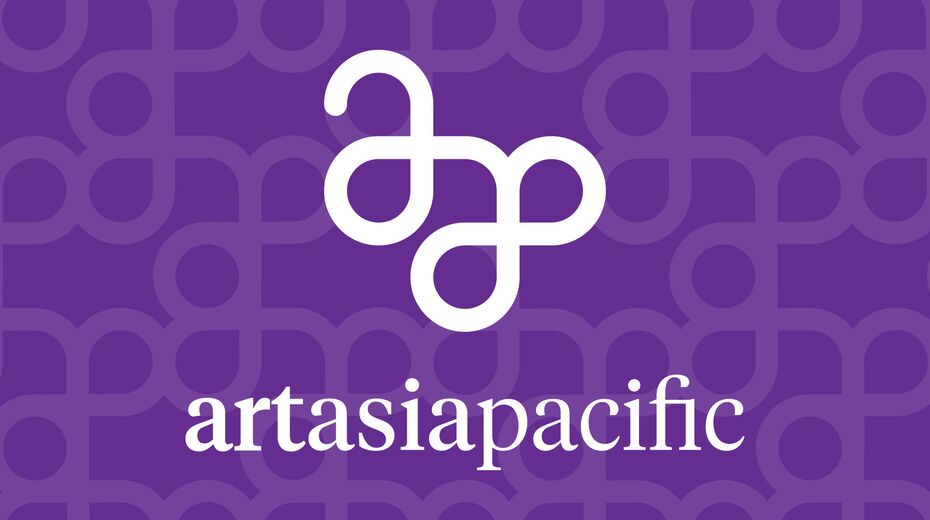Fragmentation and Unification: Interview with Michael Joo
A conceptual artist that works in a variety of media, Michael Joo has been making artworks that blur the boundaries between art and science, nature and technology, and history and perception for more than 20 years. The subject of two current solo shows—“Transparency Engine” at SCAD Hong Kong and “Drift” at the Aldrich Contemporary Art Museum in Ridgefield, Connecticut—Joo recently took time out of his demanding schedule to discuss these enigmatic exhibitions with ArtAsiaPacific’s New York desk editor Paul Laster.








